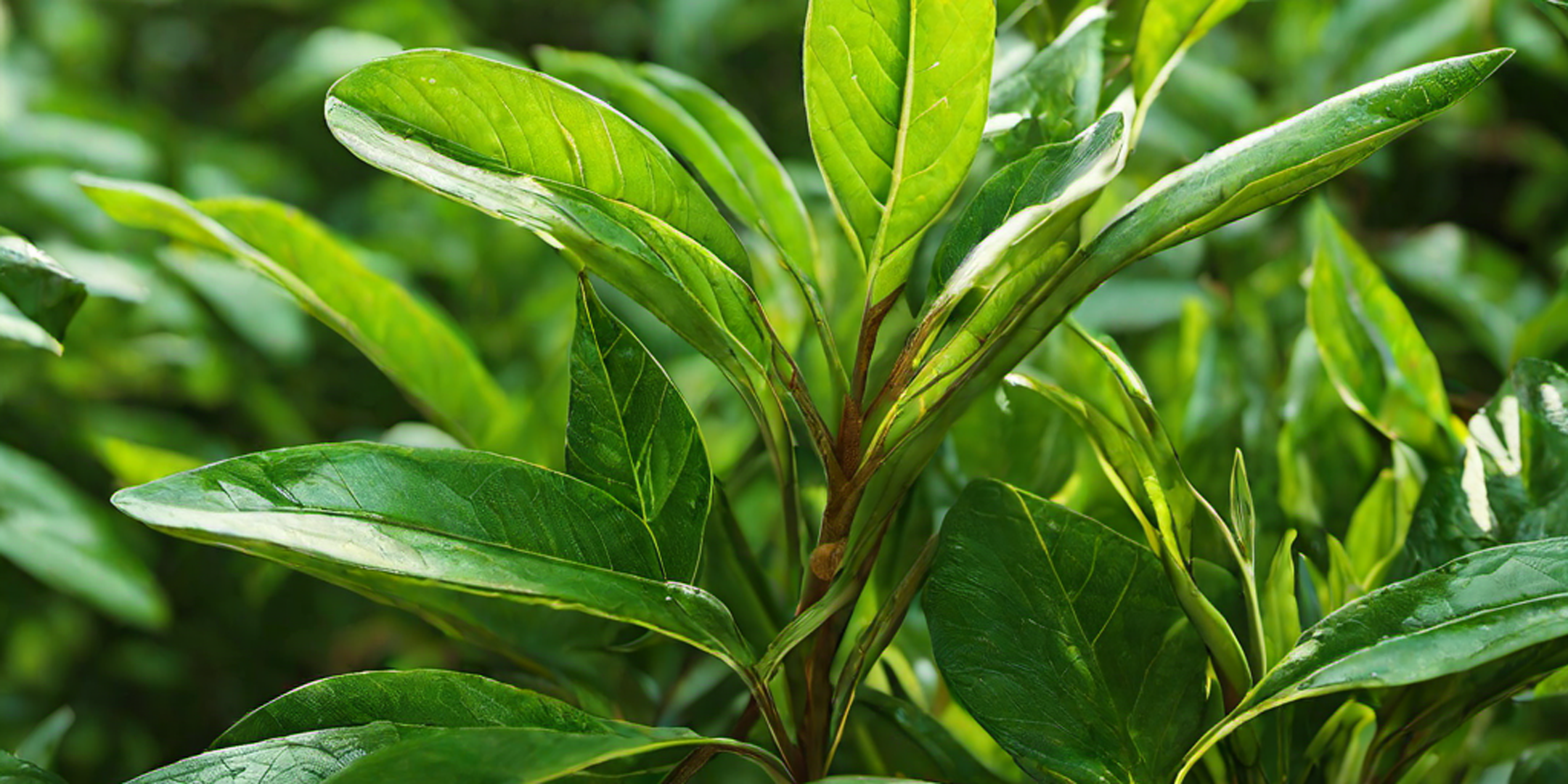Matcha is a vibrant green tea powder known for its rich flavor, high antioxidants, and numerous health benefits. However, because of its delicate nature, matcha can lose its freshness, color, and taste if not stored properly. Exposure to air, moisture, light, and heat can degrade its quality, making it taste bitter and dull.
If you love matcha and want to keep it fresh, flavorful, and full of nutrients, here’s how you can store it properly.
Why Proper Storage of Matcha is Important
Matcha is different from regular loose-leaf tea. Since it is a finely ground powder, it is more sensitive to environmental factors. Poor storage can lead to:
✔️ Loss of Freshness – Matcha’s natural sweetness fades if exposed to air for too long.
✔️ Change in Color – Fresh matcha has a bright green color. Improper storage can turn it yellowish or brown.
✔️ Loss of Nutrients – Antioxidants like EGCG in matcha break down when exposed to heat and light.
✔️ Absorption of Odors – Matcha absorbs smells easily, so storing it near strong-smelling foods (like spices or coffee) can affect its flavor.
To enjoy the best matcha experience, follow these simple storage tips.
Best Ways to Store Matcha Properly
1. Keep It in an Airtight Container
Matcha is highly sensitive to air. Oxygen causes oxidation, which can make it lose its freshness and turn bitter.
✅ How to do it:
-
Use an airtight tin or jar to store matcha.
-
If your matcha comes in a resealable bag, press out excess air before sealing it.
-
Avoid opening the container too frequently to minimize air exposure.
2. Store It in a Cool, Dark Place
Heat and light can break down the delicate compounds in matcha, reducing its flavor and health benefits.
✅ How to do it:
-
Store matcha in a dark pantry, cupboard, or drawer away from direct sunlight.
-
Avoid keeping it near the stove, oven, or microwave where it may be exposed to heat.
3. Refrigerate for Long-Term Freshness
If you don’t use matcha daily, storing it in the refrigerator can help extend its shelf life. However, matcha can absorb moisture and odors from the fridge, so proper sealing is important.
✅ How to do it:
-
Place matcha in an airtight, moisture-proof container before refrigerating.
-
Let matcha come to room temperature before opening the container to prevent condensation.
-
Avoid keeping it near strong-smelling foods like onions, garlic, or cheese.
4. Avoid Freezing Matcha
While refrigeration is safe, freezing is not recommended. The temperature fluctuations when taking matcha in and out of the freezer can cause moisture buildup, leading to clumps and spoilage.
✅ Best practice: If you have a large quantity of matcha, store only a small portion at room temperature for daily use and keep the rest in the fridge in a sealed container.
5. Use Matcha Within a Few Months
Matcha is best when consumed fresh. Even with proper storage, it is ideal to use matcha within 2–3 months after opening. The longer it sits, the more its flavor and nutrients fade.
✅ Tip: If you buy matcha in bulk, consider buying smaller packs instead of one large container. This way, you can open a fresh pack more frequently.
How to Tell If Matcha Has Gone Bad?
If you’re unsure whether your matcha is still fresh, look for these signs:
❌ Dull Color – Fresh matcha is a bright, vibrant green. If it turns yellow or brown, it has likely oxidized.
❌ Weak or Bitter Taste – High-quality matcha has a naturally sweet and umami-rich flavor. If it tastes overly bitter or stale, it may have lost its freshness.
❌ Clumps or Moisture – If matcha becomes lumpy and difficult to sift, it might have absorbed moisture, reducing its quality.
If your matcha shows any of these signs, it’s best to replace it for the best experience.
Final Thoughts
Proper storage of matcha is key to maintaining its freshness, flavor, and health benefits. By following these simple steps—using an airtight container, keeping it in a cool place, refrigerating when needed, and using it within a few months—you can enjoy the best cup of matcha every time.
Now that you know how to store matcha properly, make sure to treat your matcha with care and enjoy every sip!




